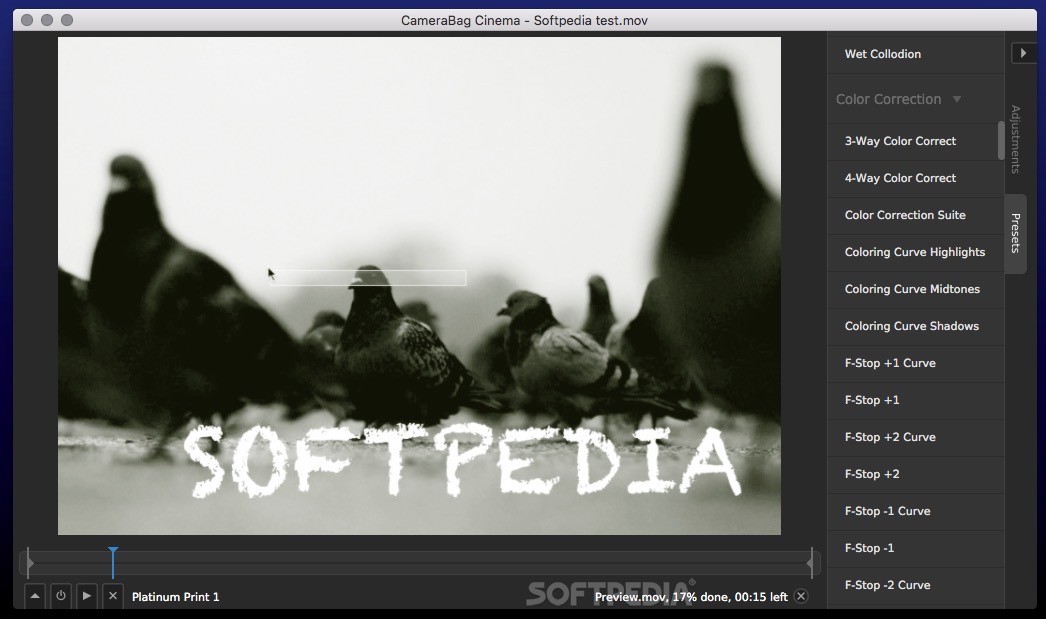
But for ultimate peace of mind, a completely waterproof option may be advisable, especially if you live and ride regularly in damp climates. At the minimum, choose a bag that’s weatherproof, as much for dust as for rain, and you should always carry a backup ultralight drybag.

Generally speaking, camera fit should be snug but not too tight, or you’ll end up nudging all the dials each time you grab it, depending on the camera’s form factor. Whatever system works best for you, make sure there’s enough padding – see our recommendations for camera inserts below, or just chop up a piece of closed-cell foam from an old sleeping mat and place it strategically. Some ConsiderationsĬlearly, there are many variables to consider as we all have different needs, depending on the cameras in question, how our bikes are set up, how we ride, the kind of terrain we prefer, the weather, personal comfort, and more… But perhaps the biggest concern for those who share a love of photography with a yearning for dirt roads is ensuring prized gear is protected from bumps and vibrations. Sony RX100s are popular but have a tendency to fail – as do mirrorless cameras with image stabilization – so as good as they are, they’re best kept on your body.
Camerabag cinema crack series#
At the smaller end of the scale, Fuji’s X100 series has a reputation for being well made. Some cameras are definitely tougher than others, such as the Canon 5D series above. In the US, Fred Miranda is a good option for photographers looking to buy and sell gear, and if you’re wanting to compare camera dimensions and weight to figure out what might work for you, Camera Size is a great resource. Check out Mattias Burling’s YouTube channel for great recommendations of second hand, more affordable cameras that are compact and capable of fantastic results – he covers all kinds of obscure models that are now discontinued. If you’re thinking about getting into photography, there are amazing deals to be had on discontinued models. The latter is a good reminder that you don’t need to buy the latest camera, especially if it’s going to be bounced around on a bike. Older DLSRs teamed with small prime lenses can be good options too, as long as you’re happy with the jump up in volume and weight.
Camerabag cinema crack full#
Sony’s crop and full frame Alpha series is also a bikepacking staple, offering a compact and versatile mirrorless camera, albeit one with less of a reputation for durability. Then there’s the well-considered Fuji X System, which strikes a size/quality sweet spot, and is fun to use. Moving up in size comes the likes of Olympus and Panasonic Lumix Micro 4/3rds, which have a reputation for being well made. The smaller ones that we know to be popular include the Sony RX100, Ricoh GR, and Fuji x100, all of which have been updated over the years.

But as you can carry them almost anywhere, they pose less of a challenge – just make sure they stay dry and they’re not justling against your keys!Īlthough we’re not aiming to discuss the pros and cons of specific cameras, there are certain brands and models that are favoured by bikepackers. We’re not saying a smartphone with a decent camera can’t do a good job at documenting your rite, especially in capable hands. Although it’s unlikely you’ll want to carry a full-frame DSLR and a clutch of lenses, you can see how one of our contributors manages to do so towards the bottom of the post.

This might be a small but high-quality pocket zoom, a compact fixed lens camera, a mirrorless system, or for the more dedicated image capturers, a DSLR. Which method works best for you will depend on the terrain across which you like to ride, the size and weight of your camera, and how solidly it’s built.įor this guide, we’re concentrating on carrying solutions for the kind of cameras that appeal to enthusiast bikepacker-photographers.

The former is certainly better for your camera but the latter allows your bike to do the heavy lifting. The image directly above shows Mike Hayes’ self-made camera bag and his Fuji Xpro2.īroadly speaking, there are two ways to carry a camera whilst bikepacking: on your body or on the bike. Franzi and her trusty Canon 5D mk2, Cass and his Fuji x100V, and Miles in action.


 0 kommentar(er)
0 kommentar(er)
